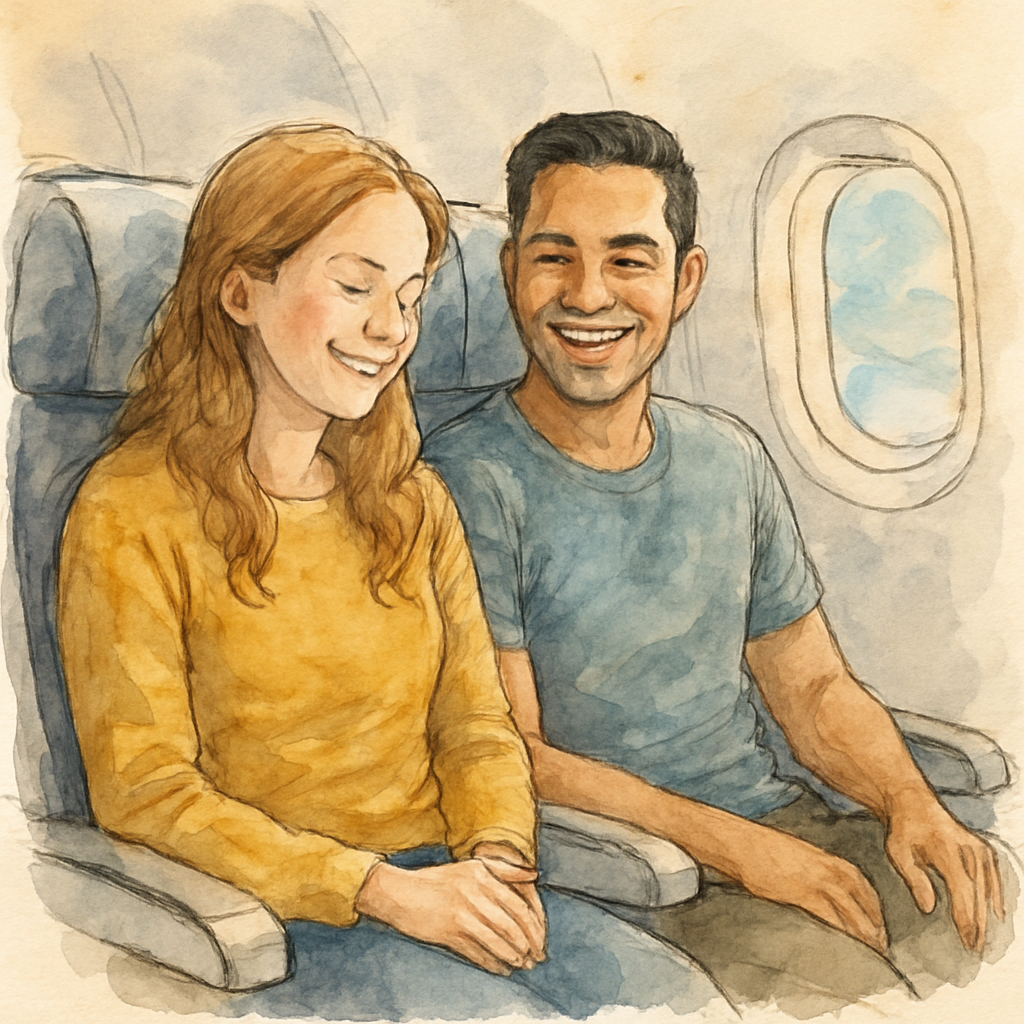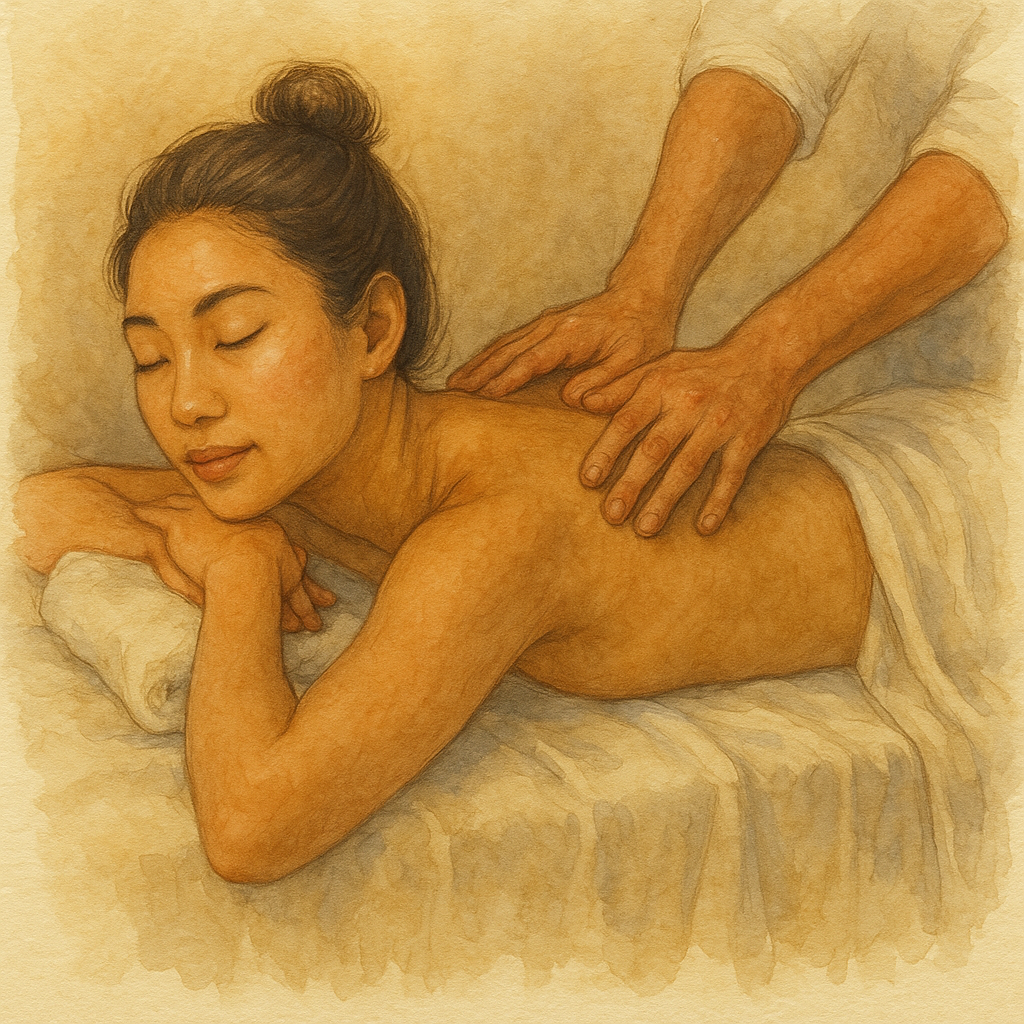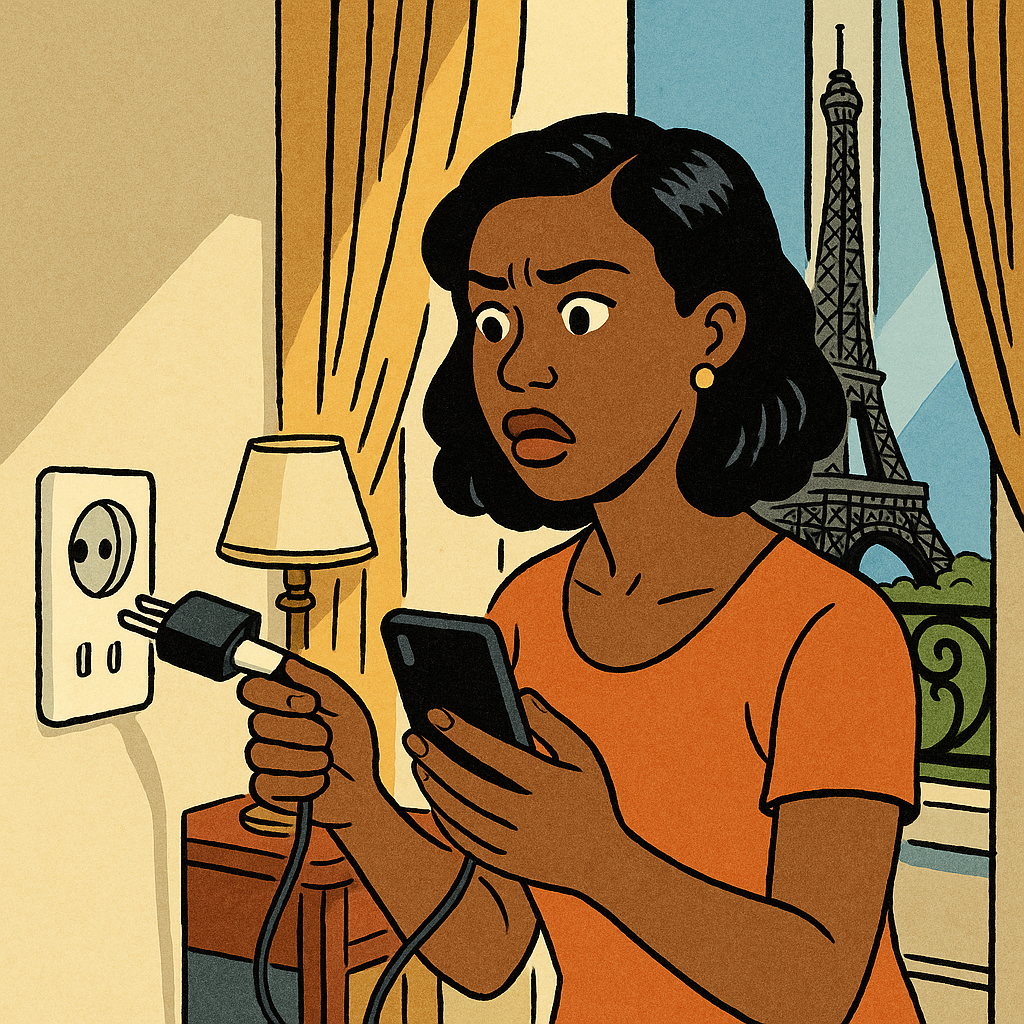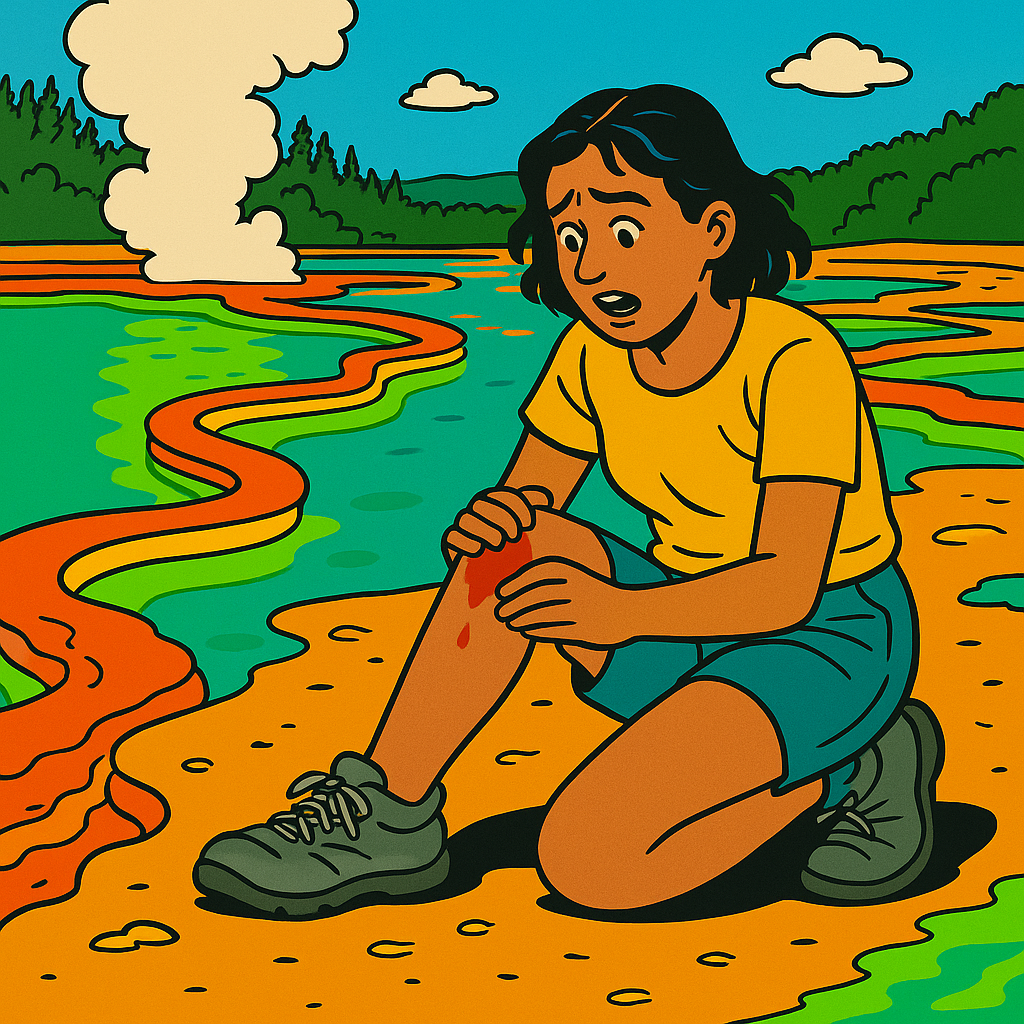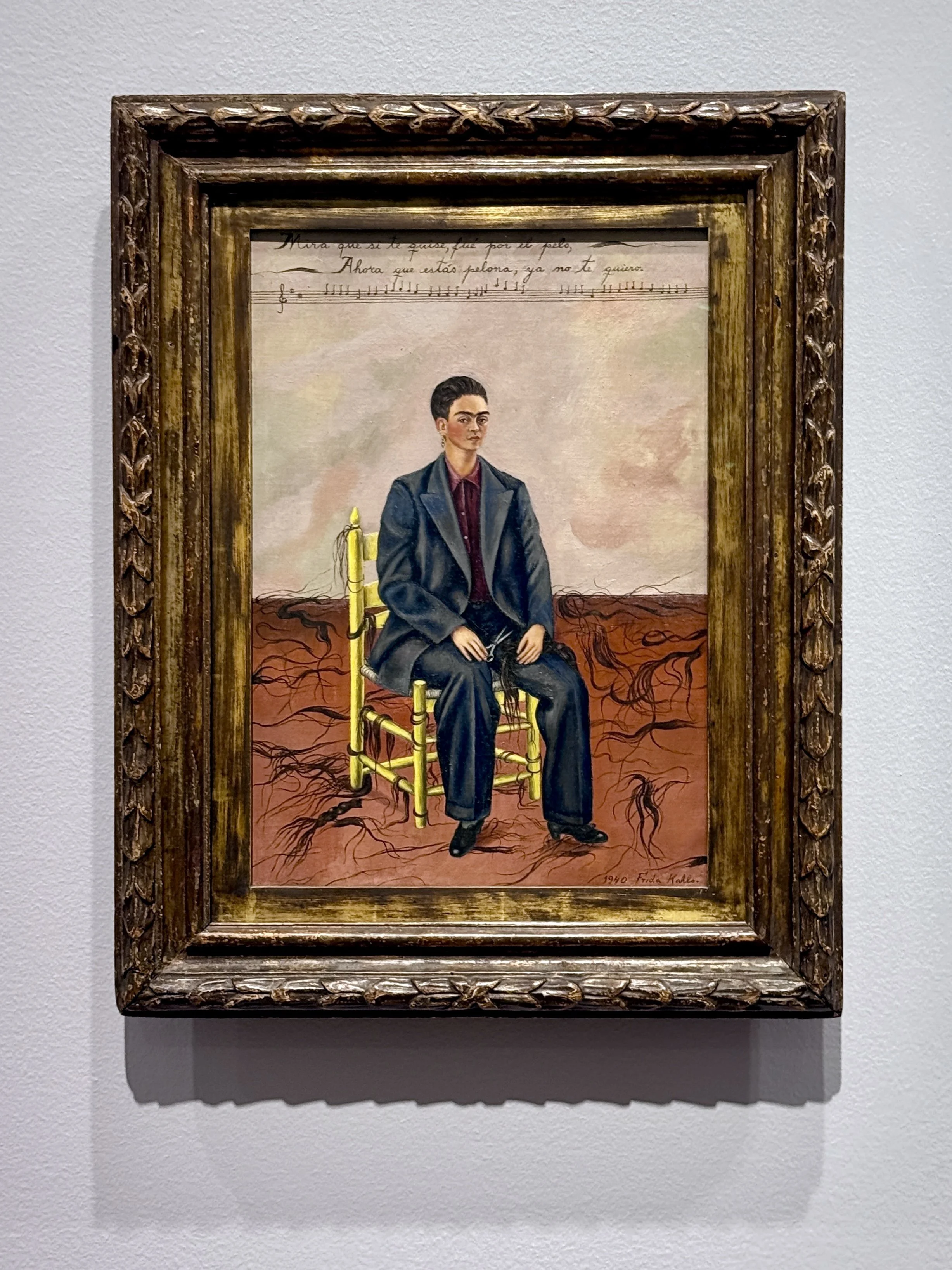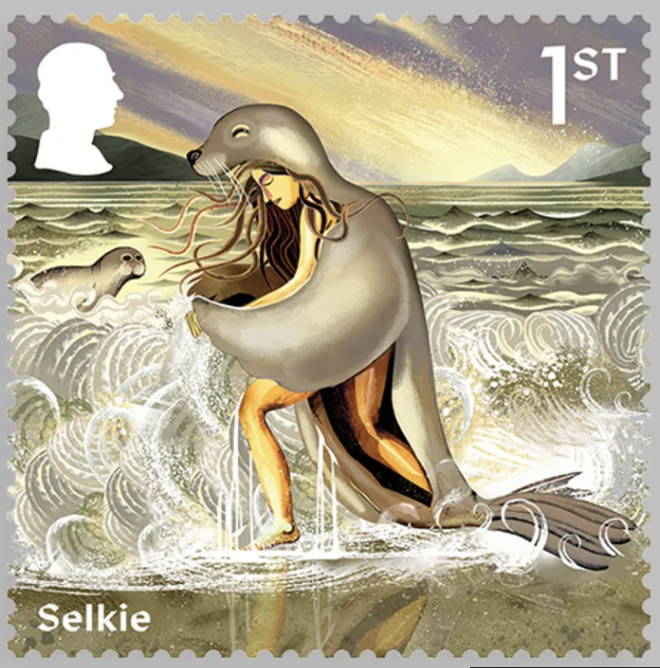How to plan a restorative trip when you’re managing implants, recovery or ongoing health needs.
Travel is often seen as a chance to unwind — but for many people, it doesn’t always work that way. Disrupted routines, unexpected discomfort and medical concerns can quickly turn a trip from restful to draining.
Even the most peaceful destination can feel overwhelming if your body isn’t cooperating. And when you’re traveling with an implant or managing recovery, comfort depends on far more than the location or hotel rating.
So how do you truly recharge on the road? This guide offers tips for travelers navigating medical concerns — and what it really takes to turn your getaway into a healing one.
Planning your ideal relaxing getaway
Choosing the right destination is key to how your trip feels. Look for spots that naturally support rest and wellness — quiet coastal towns, scenic parks or slow-paced mountain villages.
If you’re traveling with an implant or recovering from a procedure, avoid destinations that require high altitudes or strenuous activity. Seek places with built-in tranquility, where birdwatching, yoga or nature walks are the norm.
Here are some of the best relaxing vacation options in the United States, according to U.S. News:
Cannon Beach, Oregon offers stunning coastal views and a welcoming arts scene.
Pagosa Springs, Colorado is known for its healing hot springs and mountain backdrop.
Amelia Island, Florida charms with quiet beaches and historic streets.
Carmel-by-the-Sea, California impresses with ocean views and a relaxed, walkable town center.
Should I plan for rest days during my trip?
Yes, wherever you go, build in rest time. Even the most enjoyable plans can become exhausting without breaks. Rest days give your body time to adapt and recover. Spacing out activities prevents fatigue and supports a more relaxing, enjoyable experience.
Maintaining comfort on the road
When you’re traveling with health concerns, comfort becomes a top priority. Medical implants — from pacemakers to IUDs — are common, and while they make life easier, they may require extra attention while away from home.
Air travel, changes in climate or increased physical activity can amplify discomfort. Hormonal or copper-based IUDs, for instance, can cause cramping or irregular cycles. Non-hormonal versions like the Paragard IUD have also raised concerns, with some users reporting breakage, expulsion or perforation. In fact, there’s a Paragard lawsuit over safety issues — with patients seeking compensation for physical injuries and emotional distress.
Traveling with a medical device doesn’t mean you have to be uncomfortable. The right preparation — from packing heating pads to knowing your physical limits — can help you stay well and enjoy the journey.
What precautions should travelers with implants take when flying?
Secure your device and avoid lifting heavy luggage. Book seats with extra legroom if possible, and bring any comfort aids you might need — like pain relievers or travel cushions.
Choosing activities that promote relaxation
High-energy adventures might look exciting on paper, but they don’t always deliver the rest your body craves. Focus on activities that allow your body and mind to relax without added strain.
For travelers with implants or medical concerns, this is a necessity. Even moderate exertion can trigger discomfort or complicate healing.
Stick to slow walks, spa visits or gentle yoga. These low-impact activities improve circulation and reduce stress without taxing your system.
Wellness tourism is growing fast — expected to top $1 trillion by 2030, according to Everyday Health. And it’s easy to see why. Travel focused on rest, mindfulness and well-being has real benefits, from improved sleep to reduced anxiety.
How do I choose activities that respect my energy levels?
Start with options that match your current capacity — like soaking in a thermal spring or strolling through a garden. Schedule breaks between activities to protect your energy and allow space for rest.
Staying hydrated and eating well
Good hydration and balanced meals go a long way toward supporting comfort and recovery on the road.
Here are a few essentials:
Drink plenty of water — especially in warm or dry climates.
Choose meals with fresh produce, whole grains and lean proteins.
Avoid overly rich or processed foods that can lead to bloating or fatigue.
Travelers with IUDs sometimes notice reduced cramping and inflammation when they stay hydrated. Drinking enough water and getting enough rest can ease discomfort and support your body’s natural rhythms.
A healthy diet also supports the immune system, promotes better sleep and can boost your mood — all of which are crucial when you’re far from your normal routine.
Why is nutrition important for travelers with medical implants?
It helps reduce inflammation, supports recovery and keeps your energy steady. Nutritious meals also protect your immune system — something especially important when managing any chronic condition on the road.
Preparing for unexpected discomfort
Even well-planned trips come with surprises. If you’re managing recovery or living with a medical device, bring a few essentials to help you respond to discomfort as it arises.
Pack a small kit with pain relievers, heating pads and any prescribed medications. Research local clinics and pharmacies before you go, just in case.
For those with hip or joint implants, be aware that swelling or pain can flare up after a day of sightseeing. This is part of the normal healing process — trauma from surgery leads to inflammation, which can persist for months post-op.
The solution? Build in flexibility. Take breaks when needed, and be willing to change plans if your body asks for rest. You’ll feel better and enjoy the experience more when you listen to your needs.
What should I do if the pain becomes unbearable during travel?
Don’t try to push through. Get medical help if needed, and adjust your itinerary so you can rest. Taking care of your body is the most important part of a healing getaway.
A restorative trip isn’t about doing less; it’s about doing what serves you best. For travelers with medical concerns, thoughtful planning, gentle activities and self-awareness go a long way.
When you prioritize your health, you create space for calm, clarity and renewal. And that’s what turns a getaway into a true opportunity to heal.



